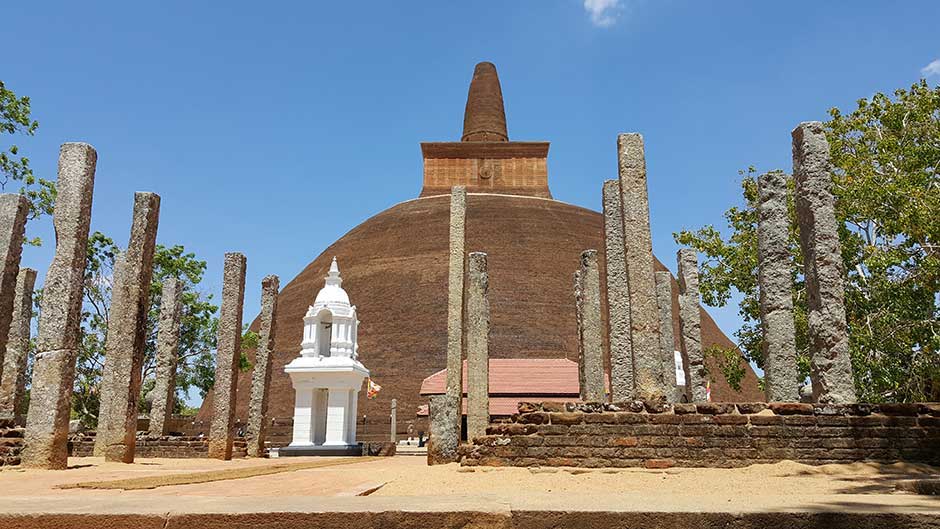
Abhayagiri Dagoba (Abhayagiri Temple – Abhayagiri Vihara)
The huge Abhayagiri Dagoba created in the 1st or 2nd century BC, was the centrepiece of a monastery of 5000
monks. The name means ‘Hill of Protection’ or ‘Fearless Hill’ . The monastery was part of the ‘School of the Secret Forest’, a heretical sect that studied both Mahayana and Theravada Buddhism. Chinese traveller Faxian (also spelt Fa Hsien) visited in AD 412. The dagoba was probably rebuilt several times to reach its peak 75m height. It has some interesting bas-reliefs, including one near the western stairway of an elephant pulling up a tree. A large slab with a Buddha footprint can be seen on the northern side, and the eastern and western steps have unusual moonstones made from concentric stone slabs.
Moonstone
A ruined 9th-century school for monks northwest of the Abhayagiri Dagoba is notable for having the fi nest carved moonstone in Sri Lanka; see how many species of animals you can find in its elaborate carvings.
Ratnaprasada
Follow the loop road a little further from the moonstones and you will find the finest guardstones in Anuradhapura. Dating from the 8th century, they depict a cobra king and demonstrate the fi nal refi nement of guardstone design. You can see examples of much earlier guardstone design at the Mirisavatiya Dagoba. In the 8th century a new order of tapovana (ascetic) monks settled in the fringes of the city, among the lowest castes, the rubbish dumps and the burial places. These monasteries were large but unelaborate structures; ornamentation was saved for toilets, now displayed at the Archaeological Museum.
Abhayagiri Museum
The logical place to start is at the impressive Abhayagiri Museum , which gives a detailed account of the monastery’s history backed by a small but interesting selection of well-preserved artefacts recovered here. A particular highlight are the fine ornamental altar stone slabs, retrieved from the dagoba site, which retain their original painting work, while other exhibits range from Buddha images through to more unusual fancy goods including tiny crystal dagobas, colourful beads and a few delicate gold objects. Larger stone sculptures are displayed on the veranda outside, including a beautiful pair of guardstones. Just south of here on the main road is the Lankarama, a first-century BC vatadage; the rows of pillars which surround the ruins, some retaining finely carved capitals, would originally have supported a roof. The present dagoba is modern, white and unusually square in shape.
Samadhi Buddha
After your investigations of guardstones and moonstones, you can continue east from the Abhayagiri to this 4th-century statue, seated in the meditation pose and regarded as one of the finest Buddha statues in Sri Lanka.carved from limestone in the fourth century AD and showing the Buddha in the meditation (samadhi) posture – a classic and serene example of early Buddhist art, now ignominiously enclosed in a concrete shelter modelled on the Buddhist Railing at the Jetavana monastery
Kuttam Pokuna
Northeast of the Samadhi Buddha lie the magnificent Kuttam Pokuna (“Twin Baths”), constructed in the eighth century for monks’ ritual ablutions, with stepped sides leading down into the baths. These survive in marvellously good condition and are one of few places where you can get an obvious sense of the ancient city’s original splendour.
One of the two is significantly bigger than the other. Standing at the far end of the smaller pond and looking to your right you can see a small stone pool at ground level. Water would have been fed into this and the sediment left to settle, after which the cleaned water would have been released into the smaller bath through the conduit with the eroded lion’s head on one side. The superb naga (snake) stone next to this conduit was a symbol of good fortune, while the urns at the top of the stairs down into the bath symbolize plenty. Water passed from the smaller to the larger bath through small holes which connect the two.
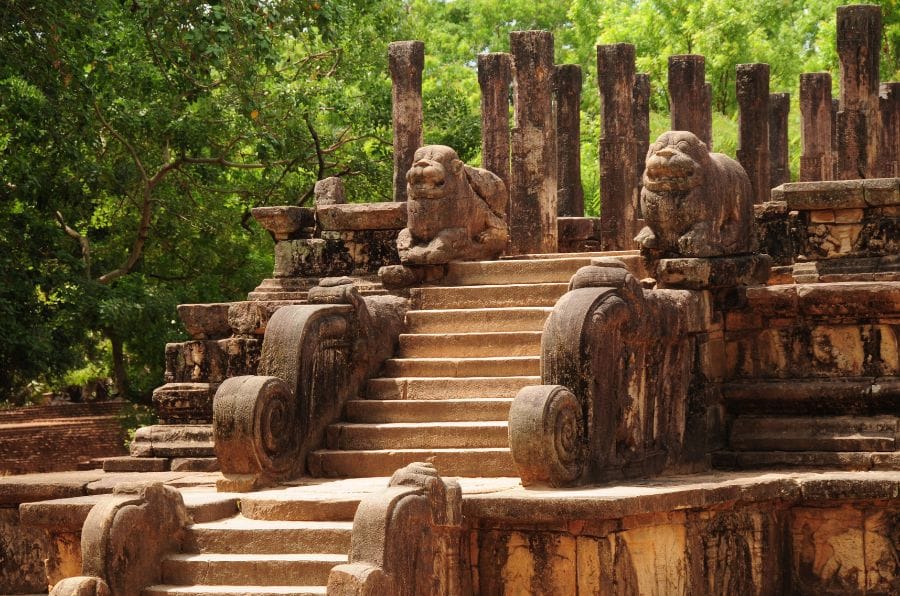
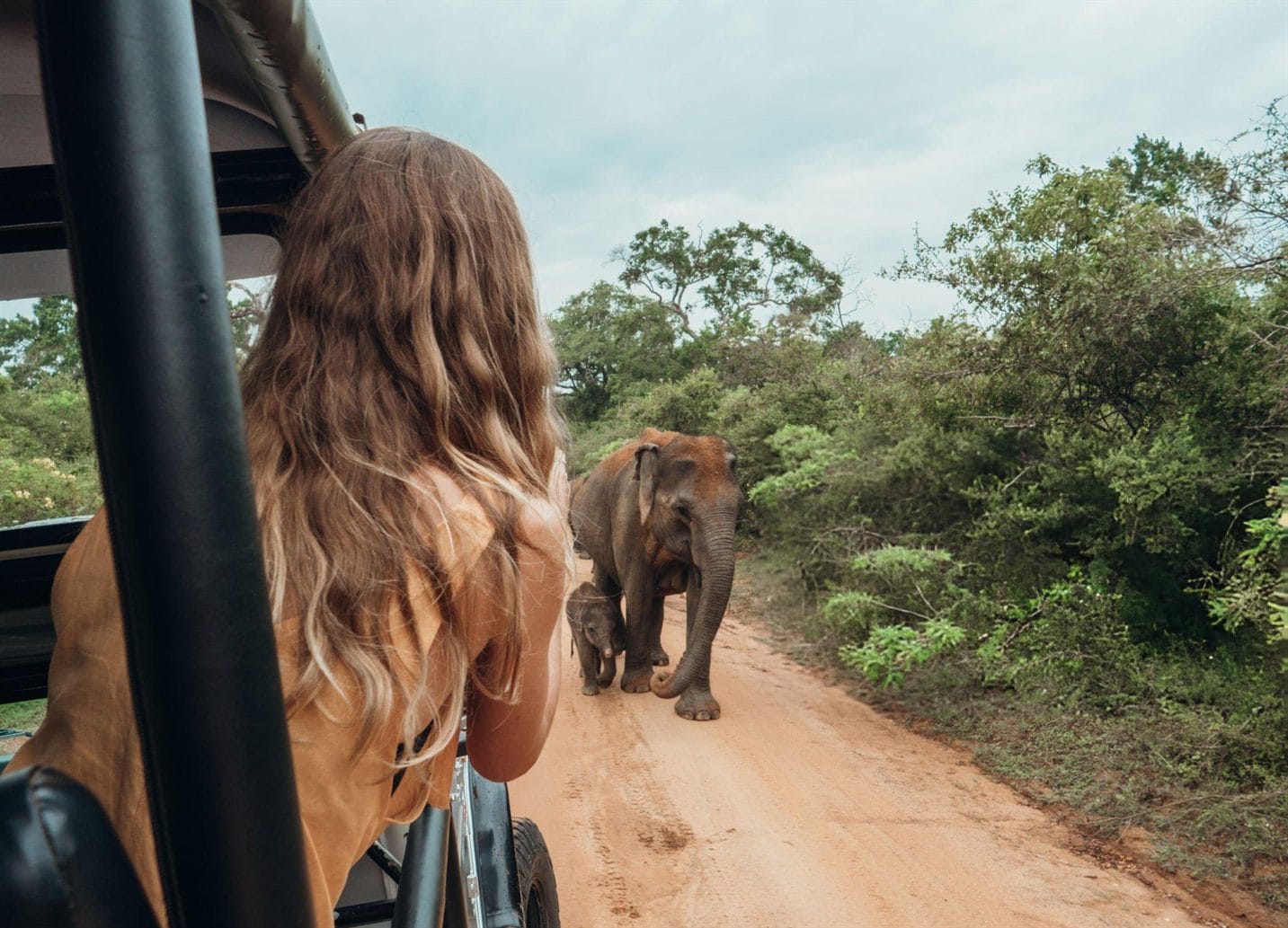
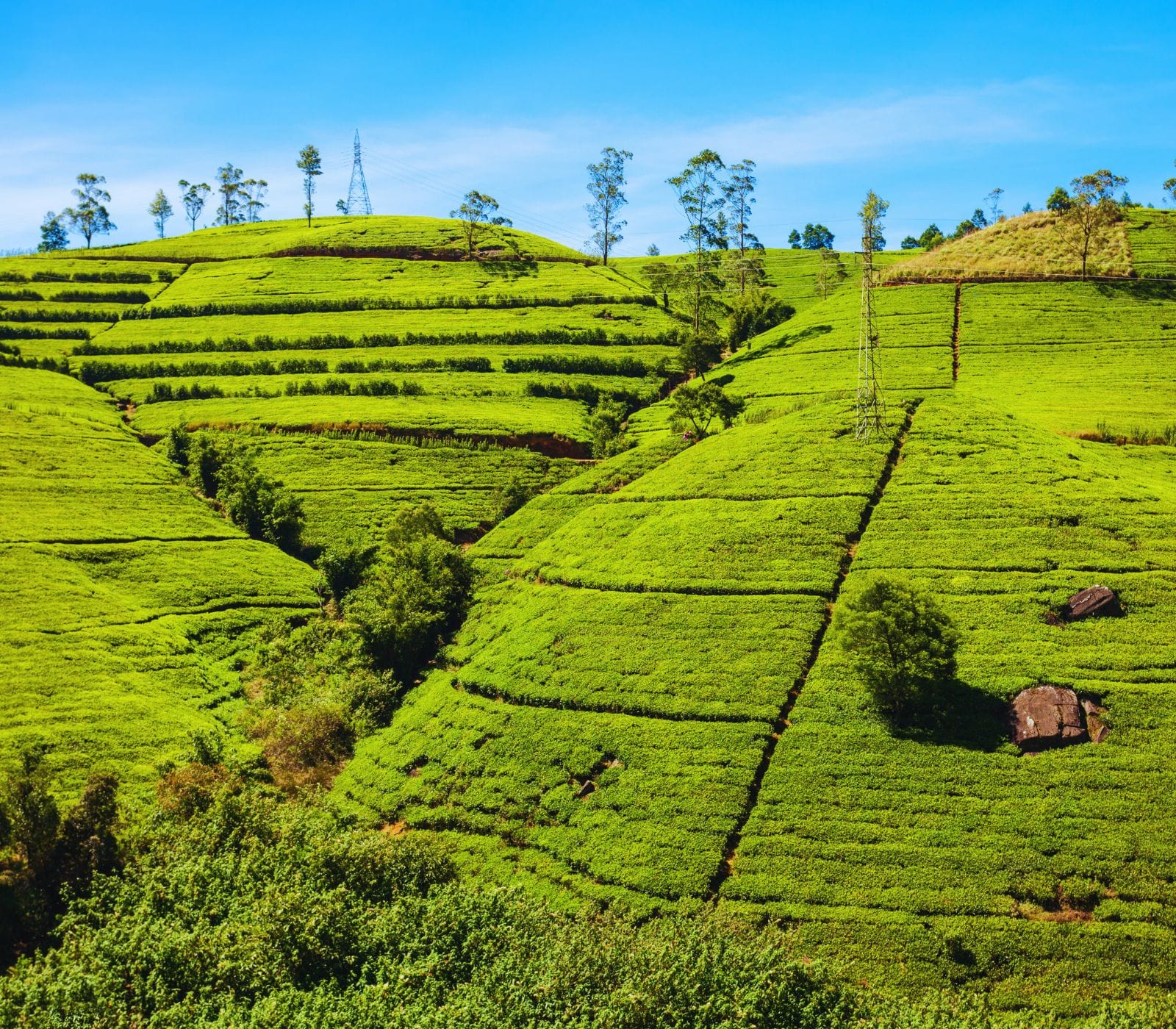
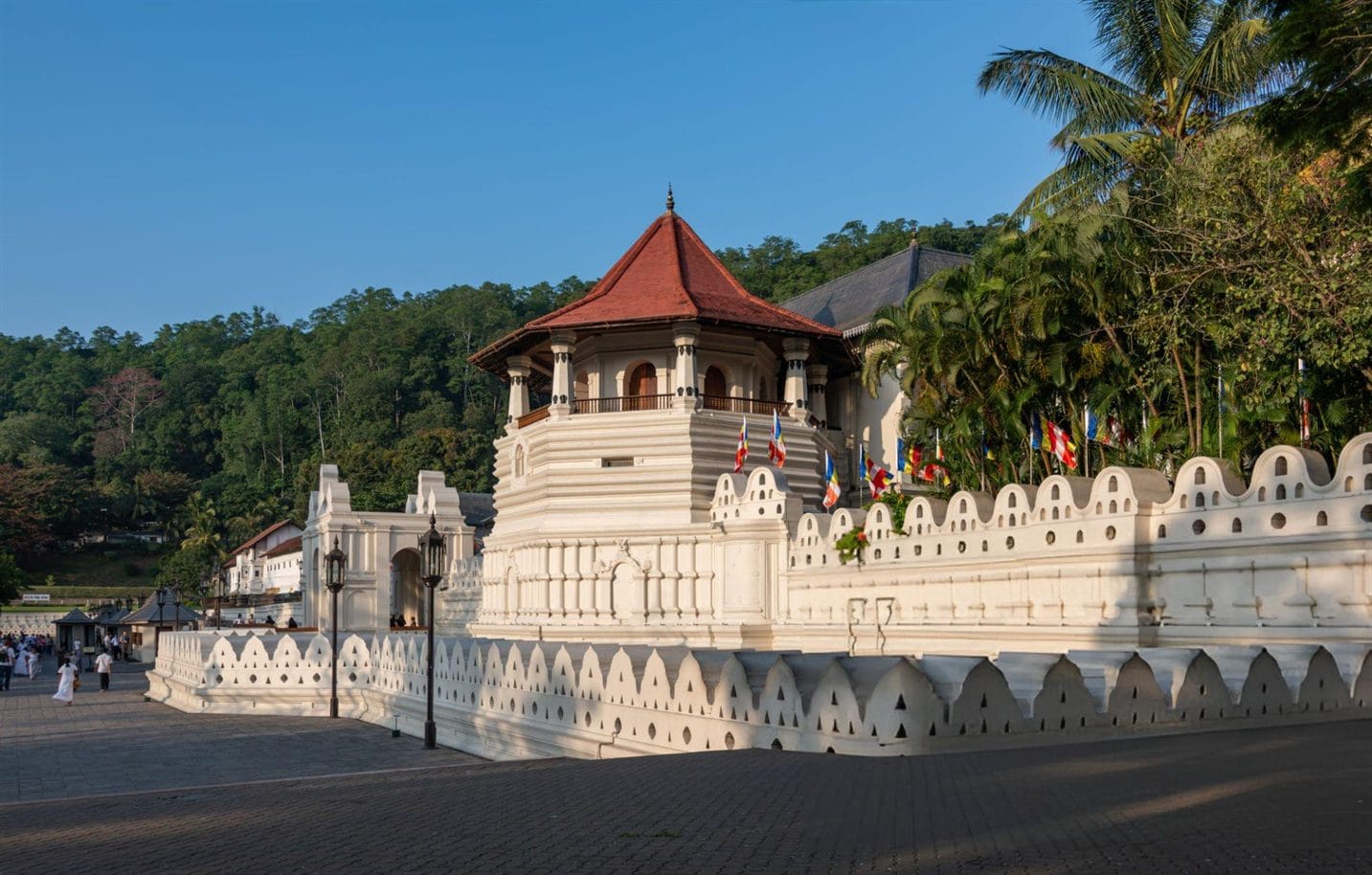
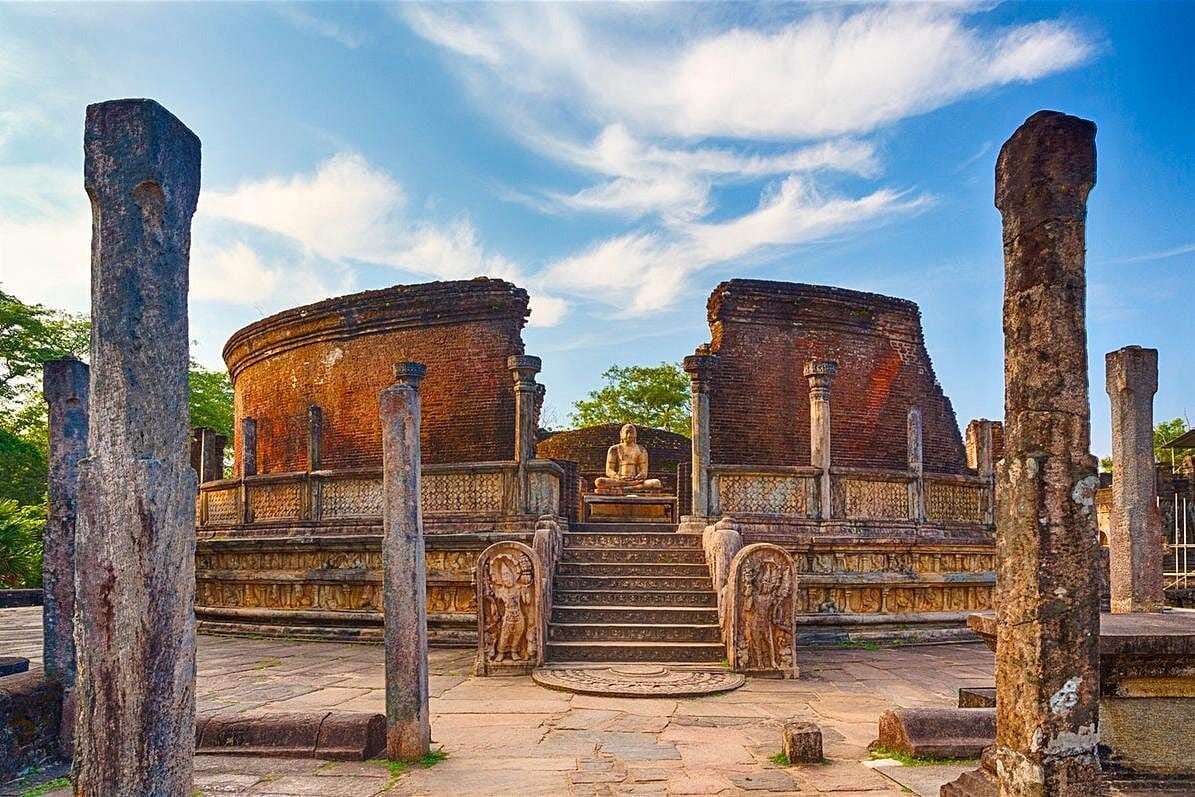



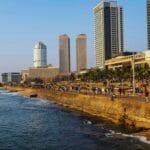

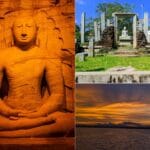
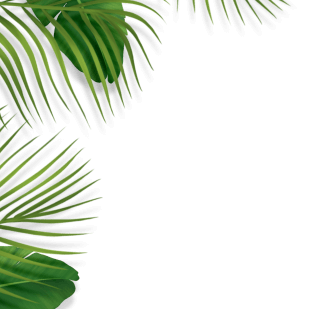
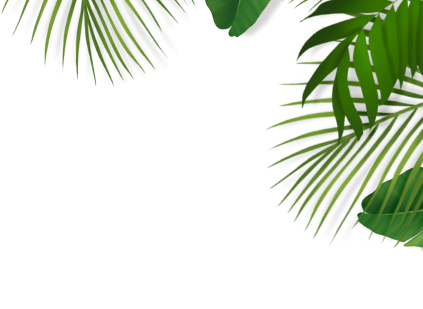
Leave a comment: